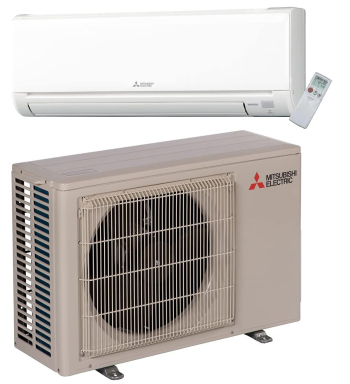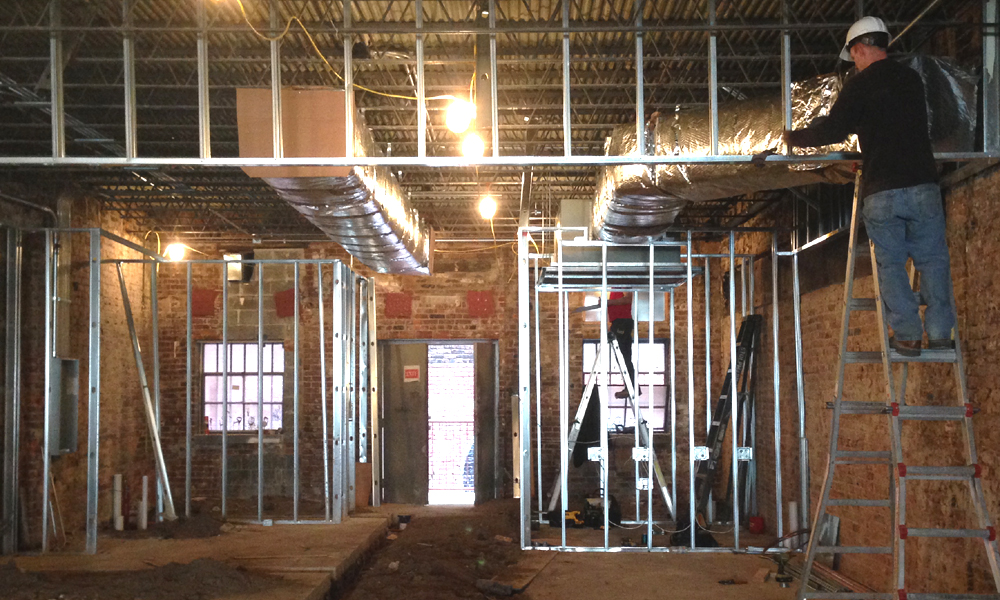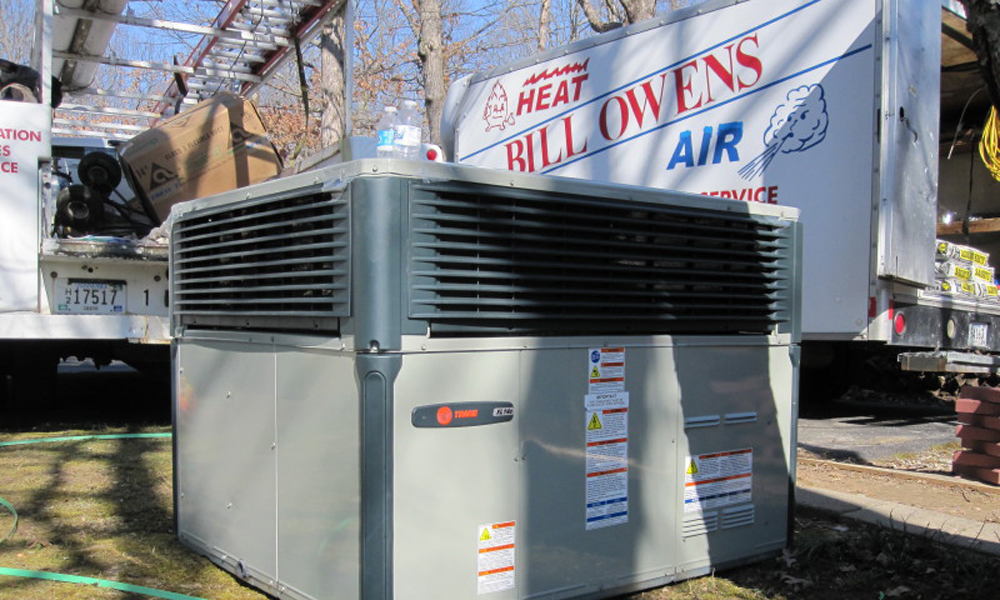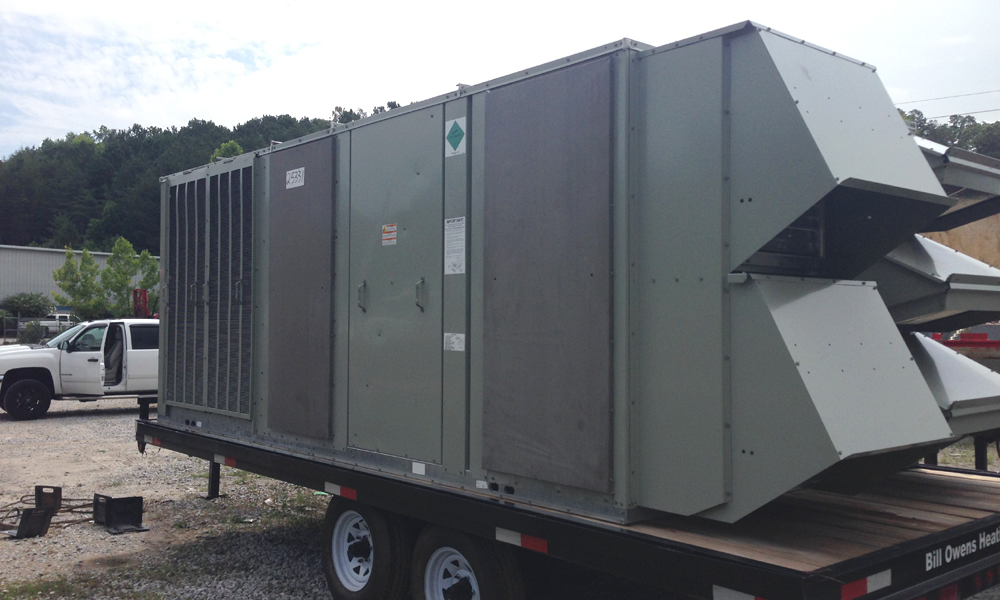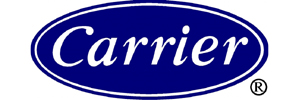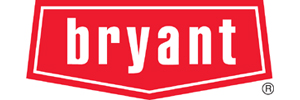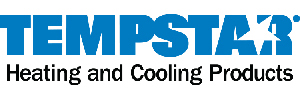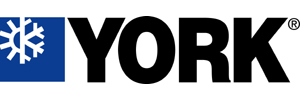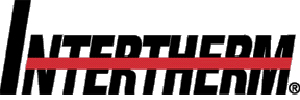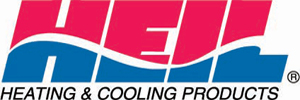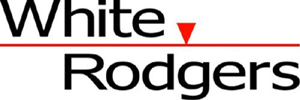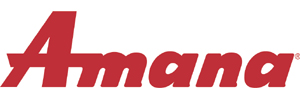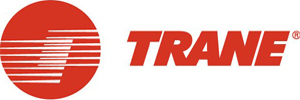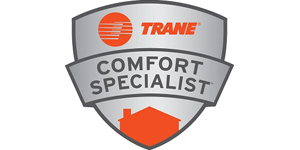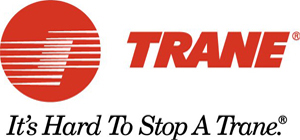8-1-2021 Notice: Please see our Notifications page for recent updates to regulations about refrigerant repairs.Facts About Refrigerant Leaks and RepairsCharging the system without refrigerant doesn't mean the system is fixed! A unit requiring refrigerant or loss of refrigerant is most likely a result of one or more leaks. Refrigerant leaks can be found anywhere thru out the out the system Leaks may be visible or invisible. Spotting a leak can be difficult and expensive. The Technician maybe required to dis-assemble the equipment just to get to the suspected area. It may involve extra effort transporting tools and test equipment thought the home. The owner or Technician may have to move items from closet or room just to gain access to equipment. This can be tedious and time consuming. Leak searches are not done in bad or rainy weather. Heating and Cooling Companies and/or Technicians may have to schedule longer appointments for leak tests. Most leaks are not visible to the eye. The aluminum fins that cover most of the unit surface can cover/muffle the leak(s). There can be more than one leak and across the whole coil. There can be leaks in either coils or just one coil. Leaks can be seeping, pinhole or foaming in origin. Leak SearchesLeak searches are performed by three or more methods: Visual: signs of oily places or hearing the leak. Electronic: using an electronic instrument to detect the presence of refrigerant. Usually about 80% of leaks are detected this way. Electronic with nitrogen boost: this method requires all refrigerant to be removed from the system with a recovery machine. Usually takes about an hour. Dry nitrogen is pumped into the system to about 325 psig. This allows for easier detection with an electronic leak detector. Most equipment allows for pressures to be tested at this pressure. The maximum R-22 coil rate is 450 psig , over this the copper would burst. Ultravolite dye: infusing a system with fluorescent dye is probably the most popular among technicians. Installing the dye and recharging with refrigerant will allow the consumer to have cooling while the dye works thru out the system. Leaks will show up in about 15 to 30 days later. Another trip back and using a black light (UV Wand) the leak will glow fluorescent orange or green. This color of the dye is due to the manufacturer. This is probably the most accurate way to detect all leaks. Once the repair has been made the dye stays in the system. If refrigerant ever is low again the technician just has to scan with a UV Wand. Leaks Can Be Low Pressure or High PressureThis means that certain parts of the R-22 system are low pressure about 60-80 psig and other parts are high pressure 200-300 psig. Systems that contain R410-A refrigerant are about double the thickness in copper and twice the pressure. When the system is running, refrigerant can leak faster or slower than when turned off. Leaks in coils, where refrigerant picks up oil to lubricate the compressor. The leak may or not show any signs this is due to the oil restricting the amount of pressure extorted against the leak. Some of the bigger leaks will make the copper darker and shine. This coat of oil is usually a starting point for a leak search. Reparable vs. Non-Reparable LeaksNot all leaks are repairable! If the leak is on an exposed copper fitting then it is most likely to be repaired.If the leak is in the coil "Known as Streamers", it is Not Reparable that coil must be replaced. If the coil is no longer available or the repairs too expensive the consumer may elect to replace that unit or component. Manufactures usually produce each model for a limited period. Once in production, this period may only be 5-10 years. The average repair of an evaporator coil can be between $400-$900 dollars. If the repair exceeds $1100.00 the consumer may be wasting their money on a unit that has other aged parts. Replacement would probably be a wise investment. The ARI Standards Institute has published a sheet on equipment lifetime expectancies. Leaks: Split Systems vs. Package UnitsSplit System A/C: If a major component has to be replace on a split air-conditioner it is usually replaced with one from the same manufacturer. This is not true in all cases. If a few conditions are met the new unit will function correctly. These conditions are basic that a new metering device such as a piston or TXV valve is installed. The same tonnage coil matches the same tonnage condenser. In short the unit doesn't know or cares. Split System Heat Pump: Just like a split system a/c but it has to be matched properly. The same manufactures approved coil with approved condenser. For this reason, in one season the refrigerant flows backwards in a different path. The proper-paired equipment means no nuisances or problem re-occurring with callbacks. Package Units: If a coil is not available for that model then most likely that unit has to be replaced. The technology and efficiencies are constantly improving. For the homeowner these new units can improve comfort and lower utility bills! Every 6-10 years the government requires these HVAC manufactures to improve their products and make them more efficient. Fact 1: Most people spend less time in their car than the hours your unit spends operating in your home. Fact 2: You probably spent more on your automobile than on your Heating and Air Conditioner. Where can I find an established company with a good customer service record?Ask a friend, co-worker or someone at your church. Call the local utility company or City/County inspectors office. Call your local better business bureau. Remember to always: Check and ask for references Ask for license Check that the contractor is insured Contractor isn't using unlicensed Sub-Contractors State Licensed Contractors are always a safer choice than others, they are held to a higher standard of accountability. Bill Owens Heating & Air Inc. is Bonded and Insured, Fully Licensed in Tennessee, M-026 / C-329 City, C-169 County, 00034135 State of Tennessee HVAC and Electrical Why don't contractors sell/carry all brands?Brands are numerous and come in many types. The cost of selling and stocking of parts are enormous part of the contractors overhead. A homeowner needs to associate these brands with the contractor not the manufacturer. If the consumer has a problem with the equipment, it is the contractor that has invested his time and money into technology. If the contractor has a very good company and met the manufacturer's highest standards he may be known as a "Factory Authorized Dealer" or Comfort Specialist. What is a Comfort Specialist?In 2003, Bill Owens Heating & Air Inc. was the first dealer in Chattanooga to receive this honor Factory Authorized Dealer from Carrier. In June 2010 there were a few too many Carrier Factory Authorized Dealers. On November 2010 We were on the path to being certified as a Trane Comfort Specialist. February 2011 we announced our Comfort Specialist status and took our place along the side of the few who could meet this challange. Being a Comfort Specialist, what does this mean?That we are held to a higher standard of customer service. Trained on the latest technology using Trane equipment Required to have Nate-certified technician's and to offer more intense training to all employees. Upgraded to highly technical computer systems in our office and our service trucks. Trane software and tools to help solve customer issues. That gives us a better edge over our competetors and the tools to help our customers. "We simply deliver comfort solutions, improve healthy air and solve inside climate problems". When should I repair older equipment and when do I need to replace it?When you're frustrated with an equipment breakdown, it can be tempting to find the least expensive "quick-fix" to get on with your life in relative comfort. That "quick-fix" may be the least expensive now, but it may not give you the most value--or cost you the least--in the long run. Paying for repairs to an old or inefficient system often simply prolongs the inevitable. It's almost like putting a bandage on a serious injury. An older system that breaks down once is likely to break down again and again. That means more emergency service calls or, worse yet, the risk of damage to your home or to other components of your heating and cooling system. There's also an ongoing cost factor to consider. Restoring your old system will only bring it back to its current level of energy efficiency. After you've recovered from the repair bills and the frustration of system breakdowns, you still won't save on your energy bills. Even seven-year-old heat pumps and air conditioners are considered grossly inefficient by today's energy efficiency standards. So are most furnaces built before 1980. So you could save up to 60% on your energy bills with new high-efficiency equipment. That's why installing a new heating and cooling system can actually pay for itself in energy savings within a relatively short time. Looking at the big picture...When one component of your system breaks down unexpectedly, it's easy to just focus on repairing or replacing that component. But each part of your system works with the others to boost efficiency and reliability, so it helps to keep the big picture in mind. Replacing your old furnace with a new higher-efficiency model but leaving your old mechanical thermostat in place, for example, won't allow you to enjoy all the efficiency advantages the furnace has to offer. Likewise, if you install a new furnace but don't get a humidifier, the air will seem cooler, forcing you to operate your system at a higher temperatures to be comfortable. Plus, you can often save on installation costs if you have several components of your system (for example, a furnace and an air conditioner) replaced at the same time. What should I do when my unit is covered in ice or snow?When your unit is covered in ice, you should never pour water on your unit for there is a risk of electrocution. Use a blow dryer to melt the ice then once you have it thawed, spin the blade attached to the motor on the top of your unit. Check your gutters to make sure they are not dropping huge amounts of water on to your unit. If it is, this could be a major problem and you need to get if fixed immediately. Here is a little secret: Get a cooking spray (such as pam) and spray the top of the grill and the fan blade with a lite coat and this will help with the freezing issue. Could the un-sealed duct in my crawlspace make me sick?Radon in your crawlspace: Soil Risks and Hazards 81 Radon PotentialAdapted From The USGS Website Radon derived from decay of uranium is a naturally occurring, colorless, odorless gas that is soluble in water. It is radioactive, which means that it breaks down, or “decays,” and forms other isotopes. As it decays, radon releases an alpha particle that impinges on tissue, causing structural damage and possible genetic change. The rate of radon’s radioactive decay is defined by its half-life, which is the time required for one-half of any amount of the radioactive isotope to decay into other isotopes. The half-life of radon is 3.8 days. Health Risk of RadonExposure to radon has been recognized as a health risk, primarily as a cause of lung cancer. Most research is focused on the dangers of inhaling radon gas and its related alpha particles. Radon Gas in the HomeRadon gas commonly enters the air in homes through basement foundation cracks. Ground water can carry additional radon into homes and other buildings. Dissolved radon is easily released into the air when water is used for showering, cleaning, and other everyday purposes. Water-borne radon is commonly a concern only for those who use wells for their water supply. Because of its short half-life, radon in public water supplies usually decays to low concentrations before the water is delivered to users, especially if the water has been treated. A tightly sealed dwelling may have a lower air pressure than the areas outside the home because of air escaping the vents for water heaters, furnaces, exhaust fans, clothes dryers, etc. This lower air pressure may increase the diffusion of radon through the foundation and basement walls, and radon may become concentrated to dangerous levels in the indoor air. Understanding Location and SourceThe source of radon is the radioactive decay of uranium. Therefore, higher radon amounts are commonly detected in areas underlain by granite and similar rocks that generally contain more uranium than other rock types. Glacial till from multiple sources is a candidate for high amounts of radon. Radon moves from its source in rocks and soils through voids and fractures. Scientists evaluate the radon potential of an area and create a radon potential map by using a variety of data. These include the uranium or radium content of the soils and underlying rocks and the permeability and moisture content of the soils. Generally, locally applicable maps are not available, and other indirect sources of information about these factors, such as geologic maps, maps of surface radioactivity, and soil maps, are used. Scientists can measure radon in local soil air. Existing indoor radon data for homes also are useful. Data from homes are the most direct sources of information about the indoor radon potential, even though the houses that have been sampled may not be typical for the area and exact location information about the measured houses is seldom available. A geologic map shows the type of rocks and geologic structures in a specific area. Because different types of rocks have different amounts of uranium, a geologic map can indicate the general level of uranium or radium to be expected in the rocks and soils of the area. Such maps are especially important in showing where rocks with high levels of uranium occur. Because radon that enters buildings usually comes from the upper several feet of the earth’s surface, knowing the radon levels of near-surface (surficial) materials is important. Surficial geologic and engineering maps show and describe these surface materials for many parts of the United States. Soil survey reports include descriptions and maps of the soils in the areas described. These reports provide information about the physical properties of materials at the surface, such as permeability, but they are generally not useful for determining what the uranium concentrations in the surficial materials might be. |
|
|
Bill Owens Heat & Air Inc. offers duct sealing and duct wraping for all types of Homes and Businesses. Please call us at (423) 842-8081 or click on the "Get Estimate" button at the top of this site. |
& Hamilton County

